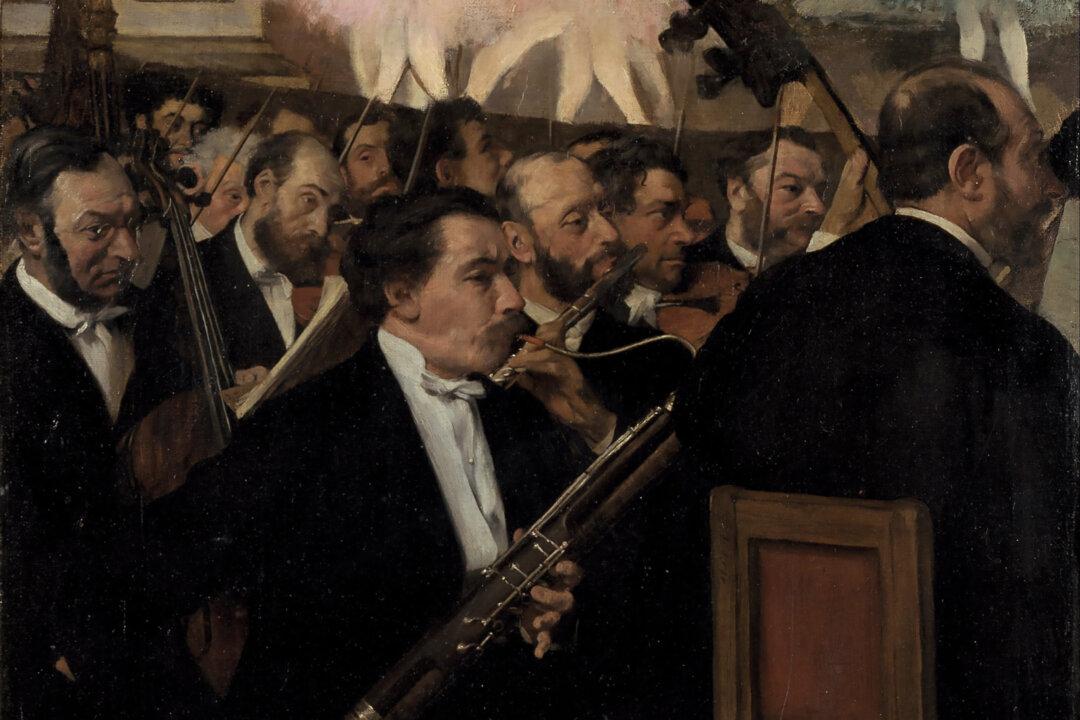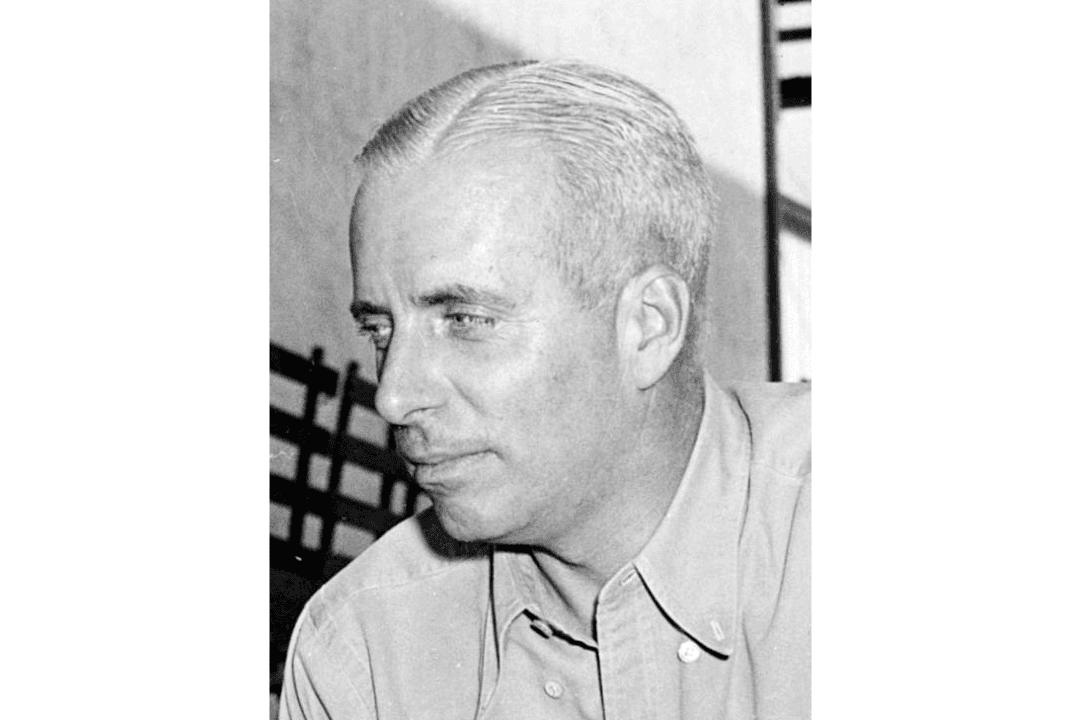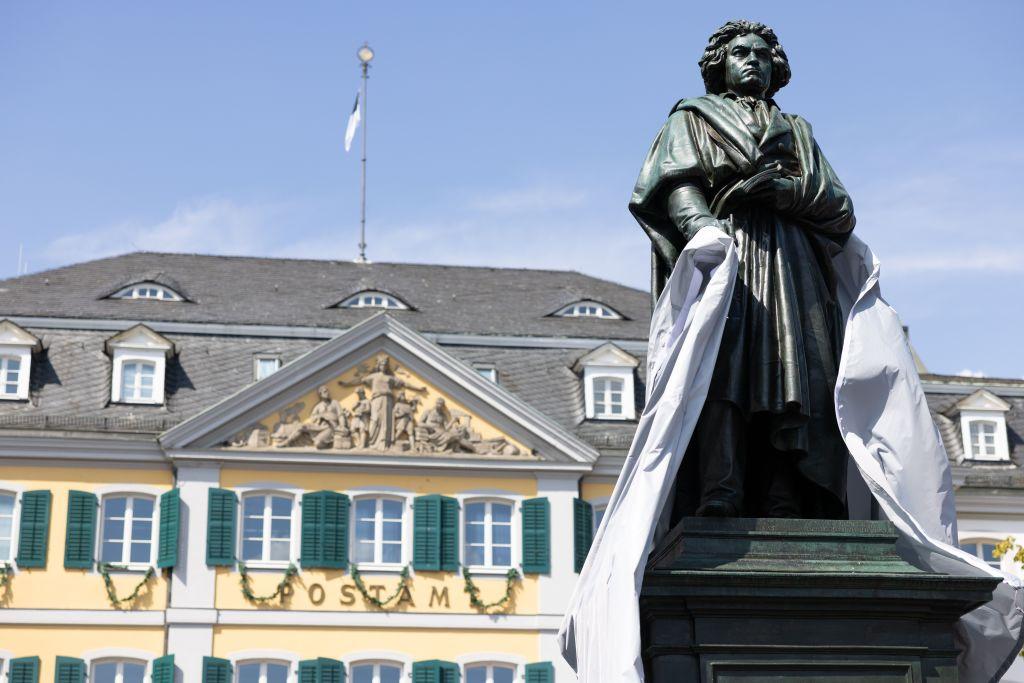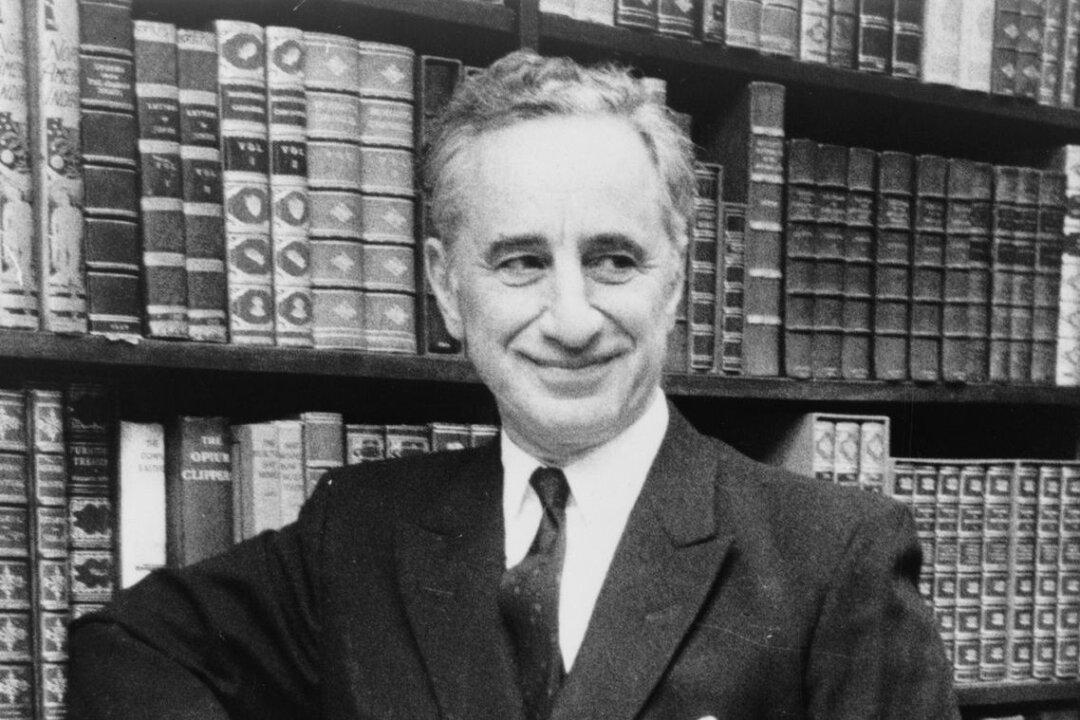The classical symphony—a piece for orchestra, generally in four contrasting sections or movements—was so perfected by Mozart and Joseph Haydn in the late 18th century that Beethoven, when he came along, had to shake things up to make his mark.
Beethoven’s symphonies broke the classical mold—or rather, extended it with sudden shifts of mood and tempo expressing powerful, personal emotions. His Ninth Symphony shocked audiences with its unprecedented length of well over an hour, its unheard-of use of singers and a choir, and its harmonies, which were so unusual that one critic attributed the “wrong notes” to the composer’s loss of hearing.






